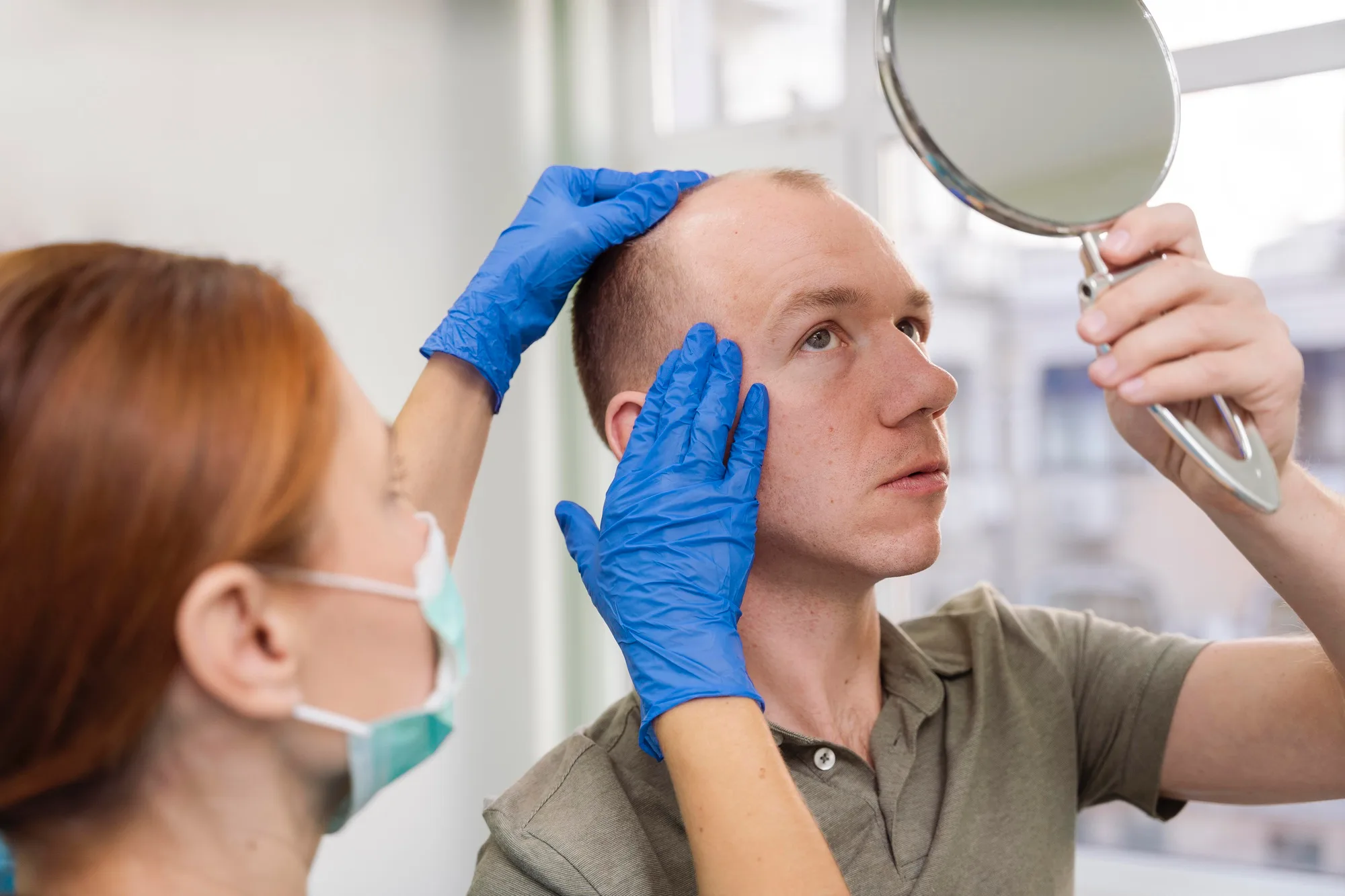
For both men and women, hair loss can impact self-esteem, confidence, and overall quality of life. While various treatments and remedies exist, hair transplants have emerged as a popular and effective solution for restoring natural-looking hair growth. Understanding the process and benefits of hair transplants can help individuals make informed decisions about addressing hair loss and regaining their confidence. To get started in learning more, review the details in this basic guide to hair transplantation.
Understanding Hair Transplants
Hair transplant surgery involves the transplantation of hair follicles from a donor site, typically the back or sides of the scalp, to areas experiencing hair loss or thinning, known as the recipient site. The two primary methods of hair transplantation are follicular unit transplantation (FUT) and follicular unit extraction (FUE).
- Follicular Unit Transplantation (FUT): FUT, also known as strip harvesting, involves removing a small strip of skin containing hair follicles from the donor site and dissecting it into individual follicular units for transplantation. The donor site is then closed, typically leaving a linear scar that can be concealed by surrounding hair.
- Follicular Unit Extraction (FUE): FUE involves extracting individual hair follicles from the donor site using a small punch tool and implanting them directly into the recipient site. FUE does not require the removal of a strip of skin and leaves tiny, dot-like scars that are less noticeable than those associated with FUT.
Benefits of Hair Transplants
Hair transplants offer several benefits for people who are experiencing hair loss or thinning, including:
- Natural-Looking Results: Hair transplants can produce natural-looking results that blend seamlessly with existing hair, restoring a full and youthful appearance.
- Permanent Solution: Unlike temporary treatments such as topical medications or hairpieces, hair transplants offer a permanent solution to hair loss, with transplanted hair follicles continuing to grow and thrive over time.
- Improved Confidence: Restoring a full head of hair can boost self-esteem and confidence, empowering individuals to feel more comfortable with their appearance.
- Low Maintenance: Transplanted hair requires minimal maintenance and can be washed, styled, and treated just like other hair, providing long-lasting results with minimal ongoing effort.
The Hair Transplant Process
The hair transplant process typically involves several stages, including consultation, preparation, surgery, and recovery:
- Consultation: During the initial consultation, a qualified hair transplant surgeon evaluates the patient’s hair loss pattern, discusses treatment options, and develops a customized treatment plan based on the patient’s goals and expectations.
- Preparation: Before the procedure, the patient may be advised to avoid certain medications, alcohol, and smoking to minimize the risk of complications. The surgeon may also trim the hair in the donor and recipient areas for optimal visibility and access during surgery.
- Surgery: On the day of the surgery, the patient receives local anesthesia to numb the donor and recipient areas. The surgeon then performs either FUT or FUE transplantation, depending on the treatment plan. The duration of the surgery can vary depending on the extent of hair loss and the number of grafts required.
- Recovery: After surgery, the patient may experience mild discomfort, swelling, and scabbing in the donor and recipient areas. It is essential to follow post-operative care instructions provided by the surgeon, including avoiding strenuous activities, washing the scalp gently, and avoiding direct sunlight.
Choosing a Qualified Surgeon
Selecting a qualified and experienced hair transplant surgeon is important for achieving optimal results and minimizing the risk of complications. When choosing a surgeon, consider factors such as qualifications, experience, patient reviews, and before-and-after photos. Schedule consultations with multiple surgeons to discuss treatment options, ask questions, and ensure you feel comfortable and confident in their abilities.
Hair transplants offer a permanent and natural-looking solution for individuals experiencing hair loss or thinning. By understanding the process and benefits of hair transplants and choosing a qualified surgeon, individuals can take proactive steps toward restoring their hair and regaining their confidence. With advancements in technology and techniques, hair transplants continue to evolve as a safe and effective option for addressing hair loss and achieving a fuller appearance for natural hair.
Resource Links
“Hair Transplantation” via the National Library of Medicine National Center for Biotechnology Information
“A Hair Transplant Can Give You Permanent, Natural-Looking Results” via the American Academy of Dermatology Association
“Hair Transplant” via the Cleveland Clinic

